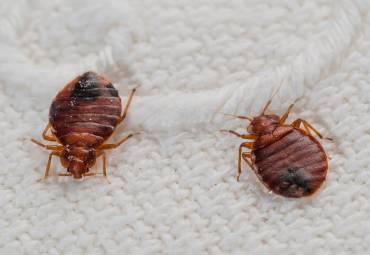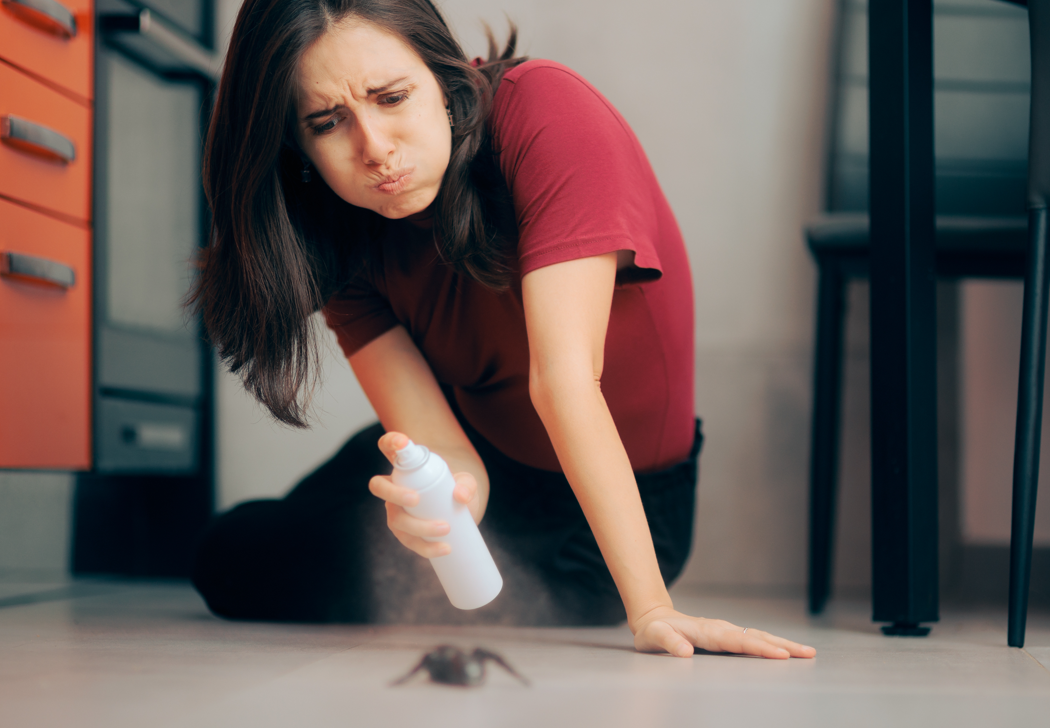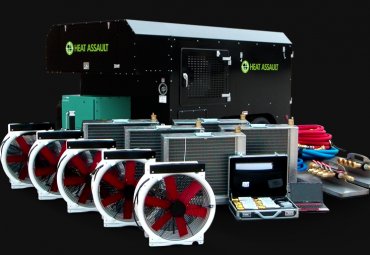Bed bugs are parasitic, blood-sucking pests that can spread throughout your home and cause a great deal of stress and discomfort. Despite their small size, bed bugs can be an enormous nuisance and difficult to eliminate. In this blog post, we’ll cover everything about bed bugs: their spread, where they might hide, and the most effective methods for elimination – including heat treatment!
What Are Bed Bugs?
Bed bugs are small, flat reddish-brown insects that feed on the blood of humans and other warm-blooded creatures. Generally around the size of an apple seed, their size and color may vary depending on their age and how recently they’ve fed. Bed bugs usually emerge at night from hiding places to replenish their host’s supply of blood.
How Can You Spot Bed Bugs?
Contrary to popular belief, bed bugs aren’t indicative of poor hygiene or cleanliness. They’re expert hitchhikers and can enter your home on infected items such as luggage, clothing and used furniture. Furthermore, bed bugs often congregate around public places like hotels, movie theaters and public transportation where they may take a ride home with you.
Bed bugs are notorious for their rapid spread throughout homes, hiding in cracks and crevices in walls, floors, and furniture. Bed bugs particularly enjoy bedding; bed bugs often nest inside mattress seams, box springs, and bed frames.
Where Do Bed Bugs Hide?
Bed bugs are adept hiders and can be difficult to detect without a trained eye. Some of the most common places where bed bugs may be found include:
Mattresses and Box Springs: Bed bugs often hide in the seams, crevices, and tufts of mattresses and box springs.
Bed Frames: Bed bugs can hide in the cracks and crevices of bed frames and headboards.
Furniture: Bed bugs often hide in upholstered furniture, particularly at seams and underneath cushions.
Clothing and Luggage: Bed bugs can easily make their way onto clothing and luggage, so it is imperative to inspect these items thoroughly when traveling.
Cracks and Crevices: Bed bugs often hide in cracks and crevices of walls, floors, and other surfaces.
Bed Bug Extermination with Heat Treatment
If bed bugs have infested your home, it is imperative to take action quickly in order to stop the spread of the infestation. Heat treatment for bed bugs is one of the effective method for eliminating bed bugs – which uses high temperatures to kill both bed bugs and their eggs.
Heat treatment involves raising the temperature infested area to at least 120 degrees Fahrenheit for several hours. This temperature is lethal to bed bugs and their eggs, capable of penetrating even small cracks and crevices, ensuring all bed bugs are eliminated from the area.
Heat treatment is a specialized pest control process that requires the help of an experienced pest control company with expertise. The procedure usually involves sealing off the affected area and using specialized equipment to raise temperatures to the necessary level; this may take several hours, so you must evacuate your home during treatment.
Heat treatment is an effective solution for eliminating bed bugs due to its non-toxic nature and lack of chemical residues. It works on bed bugs at all stages of their life cycle, including eggs which may be resistant to other treatments.
Here are some tips to help keep your home bed bug-free:
Examine Used Furniture and Clothing for Bed Bugs: Before bringing any used furniture or clothing into your home, thoroughly inspect it for bed bugs. Look for signs such as blood spots, fecal stains, or live bugs.
Avoid Public Places with Bed Bugs: When traveling, try to avoid staying in hotels or other public places known for bed bug infestations. If you must check into a hotel, inspect the room carefully for signs of bed bugs before unpacking anything.
Utilize Protective Covers on Mattresses and Box Springs: Encase your mattresses and box springs in a protective cover designed to keep bed bugs out. These covers are impenetrable by bed bugs, helping prevent them from invading your bedding.
Vacuum Regularly: Regular vacuuming can help eliminate bed bugs and eggs that may have been missed during treatment. Be sure to vacuum all areas of the room, such as baseboards, furniture, and carpet.
Reduce Clutter: Bed bugs love clutter, so keeping your home tidy and organized can make it less inviting to these pests. Be sure to remove any unnecessary items from your residence then organize all of your belongings neatly and efficiently.
Utilize Caution When Traveling: Take precautions when traveling to prevent bed bugs from making the journey home with you. Store your luggage off the floor, inspect hotel rooms for signs of bed bugs, and store clothing and belongings in sealed bags. These steps can help guarantee a stress-free trip.
Regularly Inspect Your Home for Bed Bug Signs: Be diligent in checking your home for signs of bed bugs, especially in known hiding places such as mattresses, box springs and furniture. Early detection is the key to avoiding an extensive infestation.
Bed bugs are a common household pest that can be difficult to eradicate once they have infested your home. But with the correct treatment and prevention measures in place, bed bug-free nights are possible and you’ll enjoy peace of mind while sleeping at night. If you suspect there may be an infestation present, consult with a pest control expert about your options and create a tailored plan of action tailored specifically for your situation.








